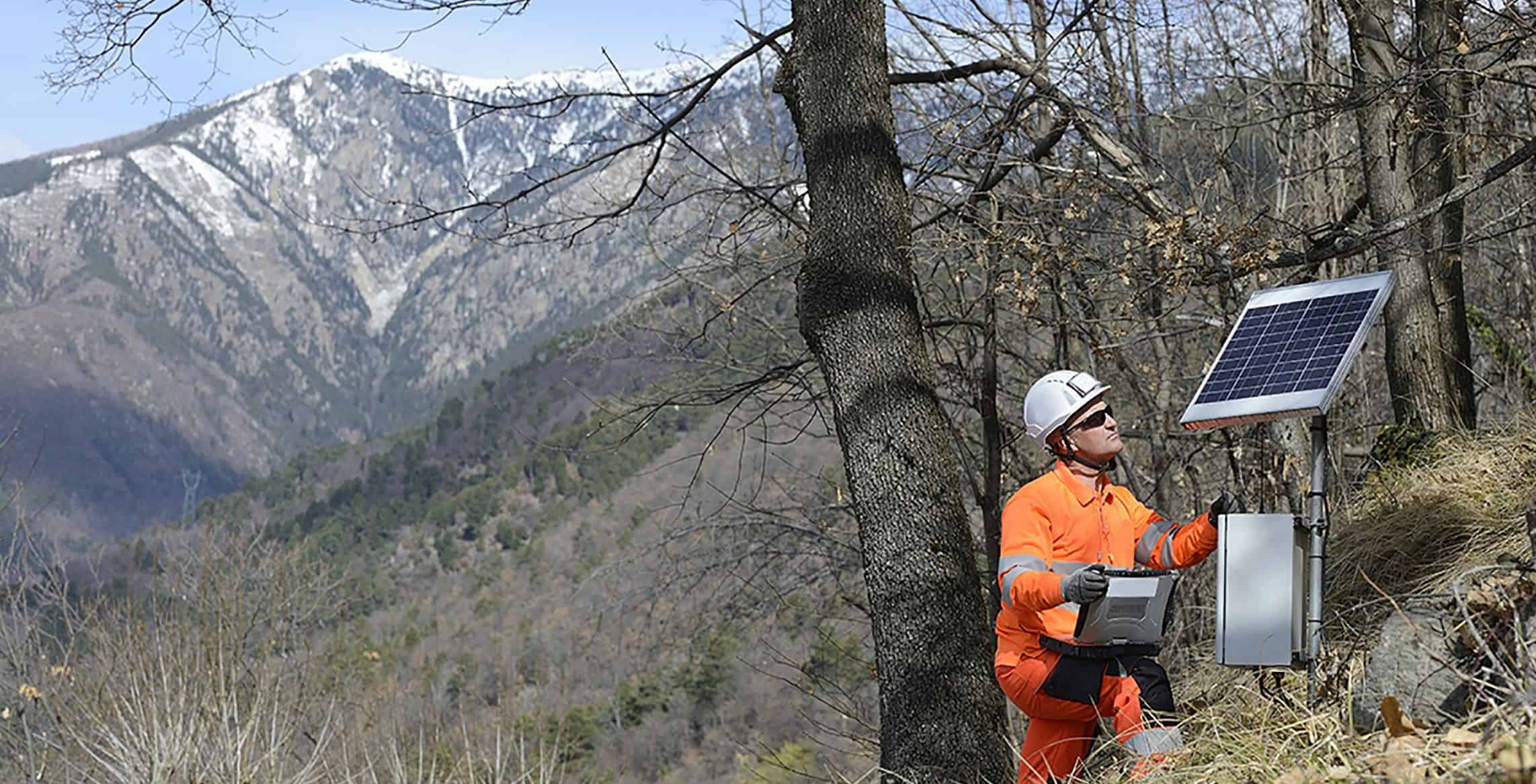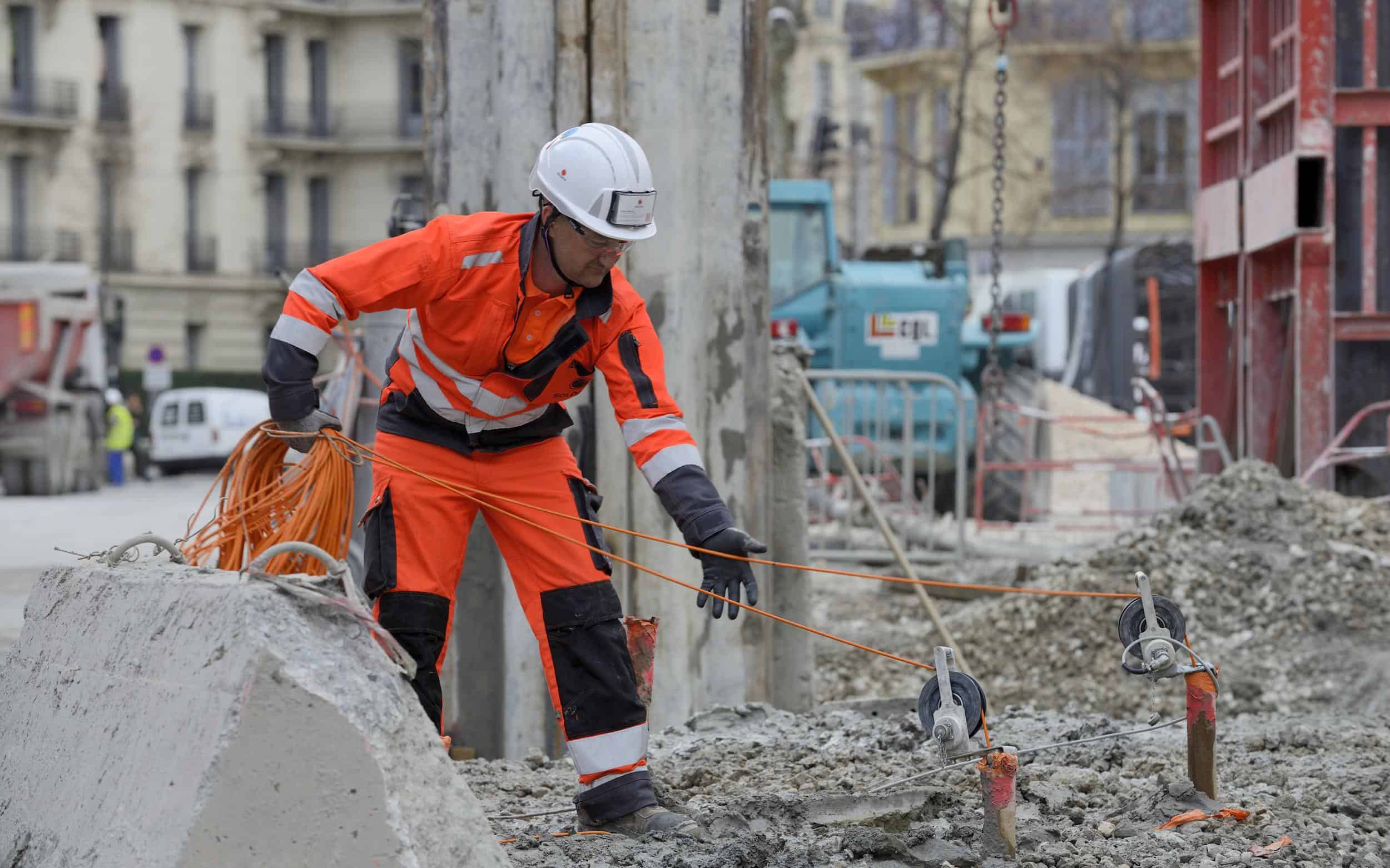Installed on the surface or below ground, geotechnical sensors can be used to measure:
- Soil water levels
- Deformation in the form of settlement, heave and slip
- Stress states, etc.
Digging, excavating, founding, and operating in complete safety
Earthworks, special foundations and subsurface contracting inevitably involve ground-related deformations that must be monitored.
Using geotechnical sensors to carry out this task provides control of geotechnical risks, and can contribute input to the process of optimising the dimensioning of subsurface structures.
Sensors installed during the earthworks project can be retained for long-term monitoring of cuttings and embankments, for example.
Geotechnical sensors are also useful for monitoring soil movement in terms of landslips, settlement, etc. They also contribute to causal diagnostics, deconsolidation risks and identifying any reinforcement work that may be required.
Sensor types
The range of geotechnical sensors includes:
- Sensors to measure soil water levels (piezometric sensors) and interstitial pressure (Interstitial Pressure Cells or IPCs)
- Inexpensive and easy to manufacture, piezometers can produce manual or automated readings
- Interstitial Pressure Cells (IPCs) provide crucial information on soil behaviour at predefined depths
- Ground deformation sensors
- Borehole extensometers provide millimetric measurements of ground layer deformation relative to the axis of the borehole. Borehole settlement gauges provide a less accurate, but also less expensive, version for use with larger scales of deformation
- Borehole inclinometers measure lateral deformation below ground with millimetric accuracy. They can be installed directly into the soil or in foundations (diaphragm walls, piles, etc.)
- A number of instruments are available for measuring settlement in embankments, and are often referred to collectively as embankment compaction meters
- Sensors for determining soil stress state are called Total Pressure Transducers (TPTs)
Installing geotechnical sensors allows you to:
- Control the geotechnical risks associated with your special foundation works and subsurface structures
- Understand soil behaviour as the basis for:
- Checking actual deformations rather than theoretical dimensions
- Optimising the process of dimensioning subsoil structures
- Managing geotechnical risks (e.g. landslips)
- Monitor the structural soil state over the long term (in embankments and cuttings, etc.)



